Dinosaurs In The Bible? Here’s How Ancient Cultures Interpreted The Massive Beasts Of The Past
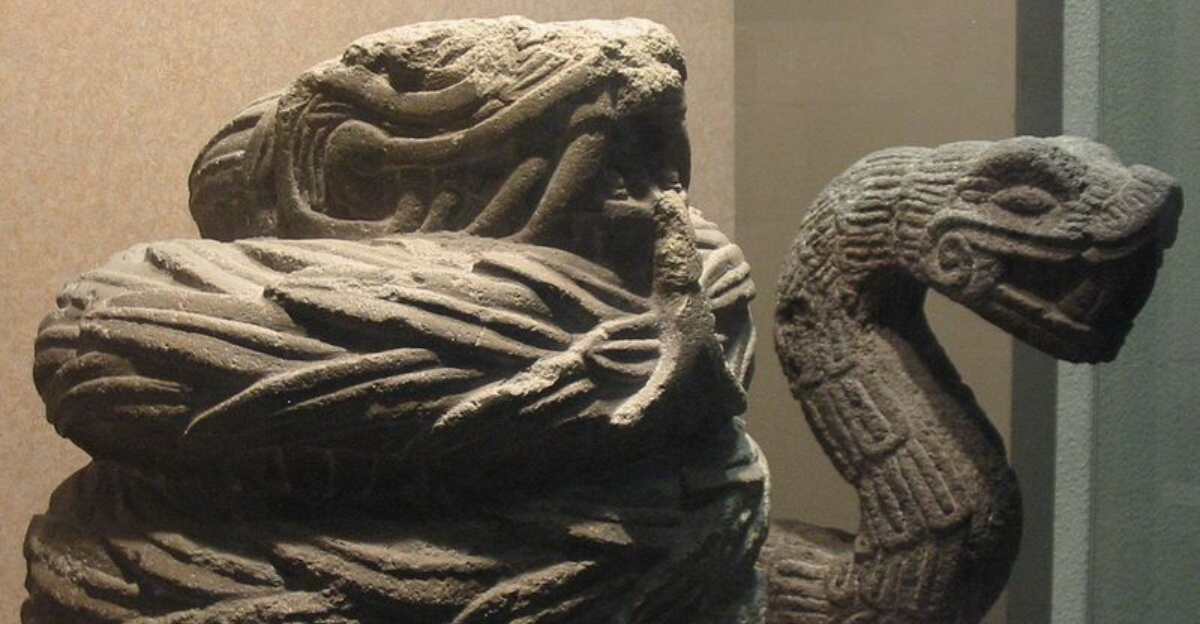
Long before modern science explained dinosaurs, ancient cultures worldwide discovered massive bones buried in the earth. These mysterious remains sparked wonder, fear, and incredible stories.
What did our ancestors think when they unearthed these giant fossils?
1. Behemoth: The Biblical Beast That Walked Like Thunder
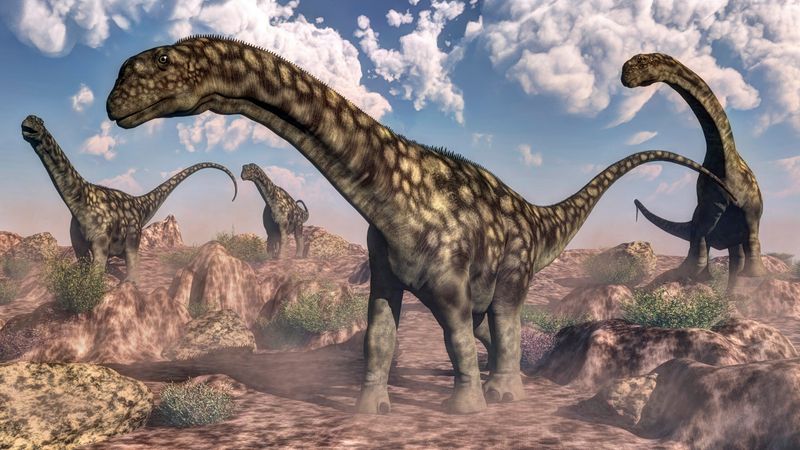
In the Book of Job, Behemoth is described as a grass-eating giant with bones like bronze and a tail like a cedar tree. While mainstream scholars believe it’s a poetic description of a hippo or elephant, others wonder: could ancient people have stumbled upon sauropod fossils?
The massive size and plant-eating nature match what we know about dinosaurs like Brachiosaurus. Ancient people finding these enormous bones might have created stories to explain the incredible creatures that once walked the earth.
2. Leviathan: The Fire-Breathing Sea Monster Of Scripture
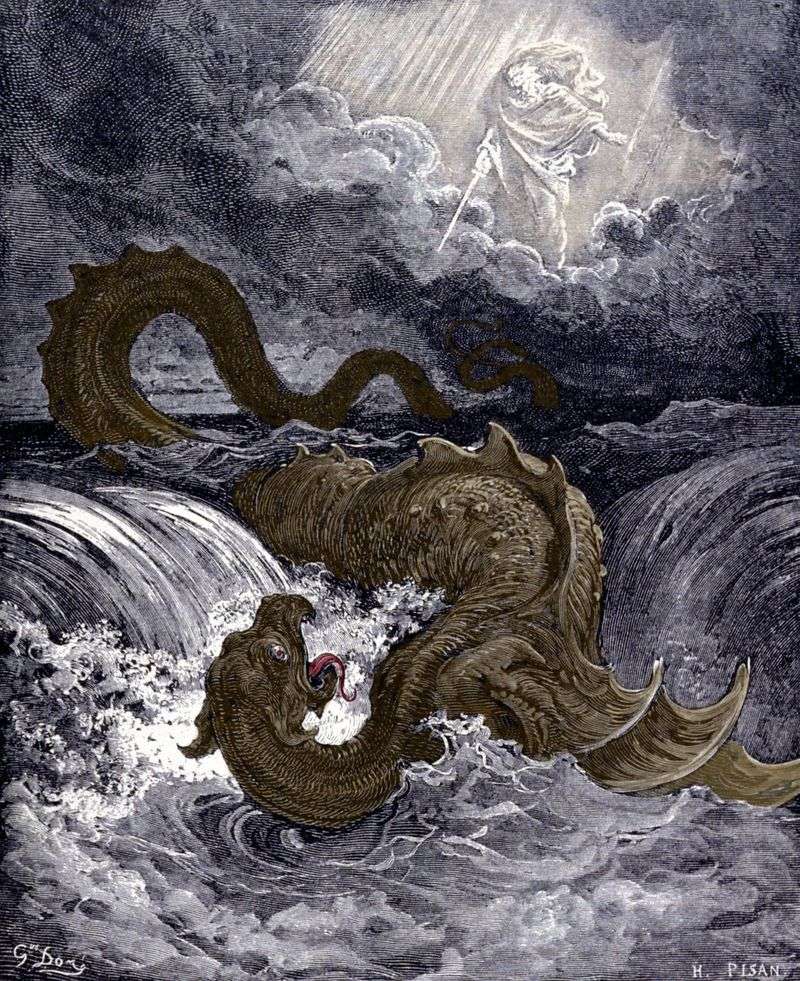
Also in Job, Leviathan is a massive, untamable sea creature said to breathe fire. Some have likened it to a crocodile, but its fiery breath and impenetrable scales sound more like mythic dragons—or perhaps a distorted memory of marine reptiles like mosasaurs.
Ancient seafarers might have spotted strange remains washing ashore. Without scientific context, these mysterious bones could easily transform into terrifying sea monsters in cultural memory.
3. Dragons Of The Ancient World: Fossils Misunderstood?
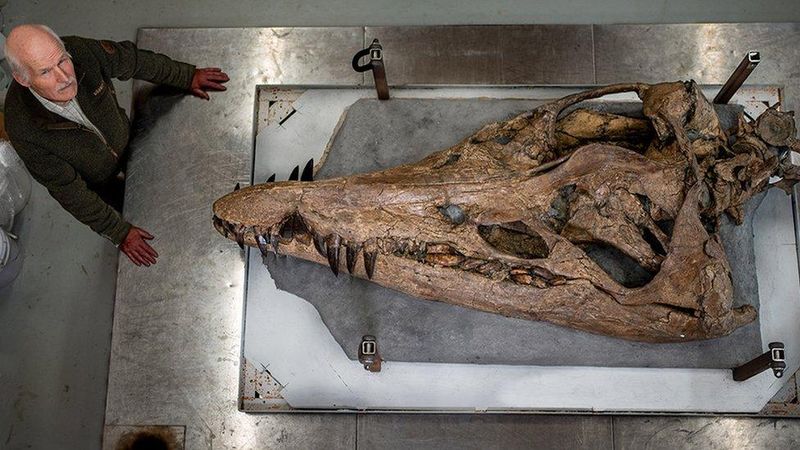
From China to Europe, dragon legends are oddly consistent—giant reptilian creatures with terrifying power. Could early discoveries of dinosaur fossils have fueled these tales? In China, “dragon bones” were ground into medicine long before science gave them a name.
Fossilized dinosaur skulls with their eye sockets and teeth would look remarkably dragon-like to anyone without paleontological knowledge. Many ancient dragon descriptions match dinosaur features with surprising accuracy.
4. Griffins And Protoceratops: A Fossil-Based Myth?
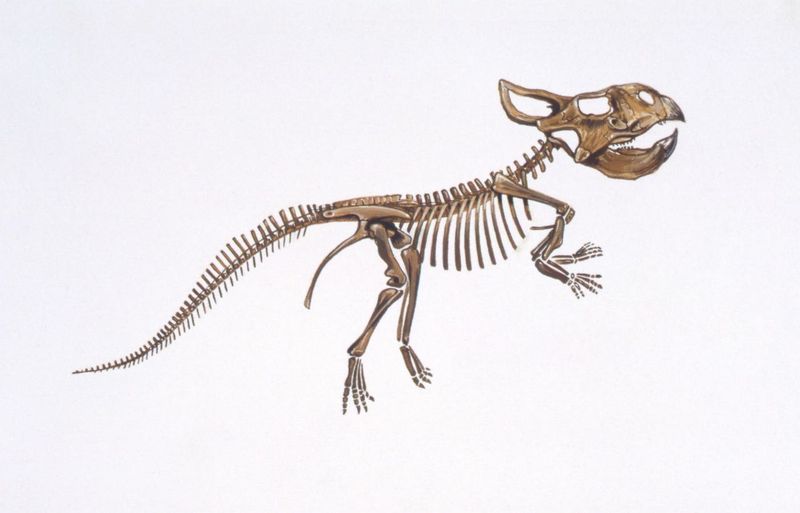
Gold miners in Central Asia once reported strange beasts guarding precious metals. Greek travelers heard these tales and described griffins—creatures with lion bodies and bird-like heads. The Gobi Desert where these stories originated is rich with Protoceratops fossils.
Looking at a Protoceratops skull with its parrot-like beak and frill, ancient travelers might easily see a mysterious bird-mammal hybrid. This connection offers a fascinating glimpse of how fossils shaped mythology.
5. Tannin: The Hebrew Dragon Of The Desert
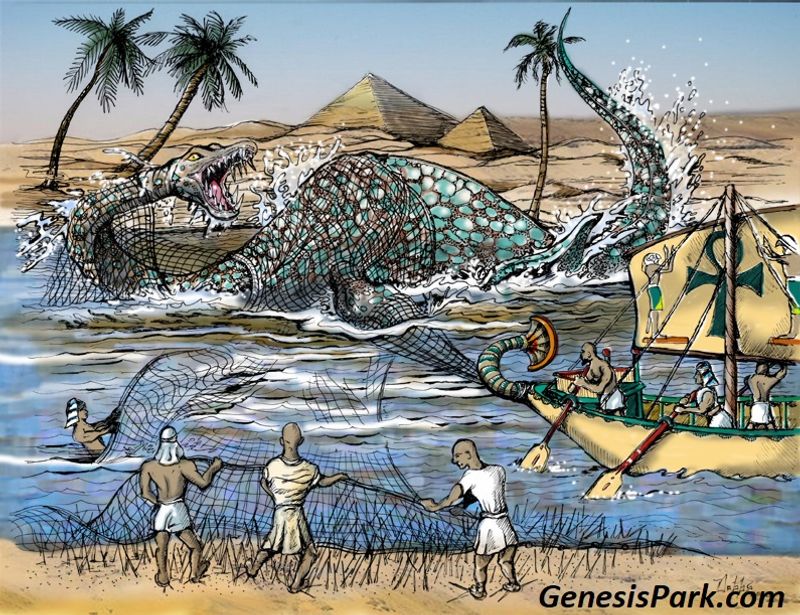
Throughout Hebrew scriptures, a mysterious creature called tannin appears in various contexts. Translators have rendered it as “dragon,” “serpent,” or “sea monster” depending on the passage. These fearsome beings were symbols of chaos and evil in ancient Near Eastern thought.
Desert regions of the Middle East contain rich fossil beds where dinosaur remains are still discovered today. Ancient Hebrews encountering these bones might have connected them to the tannin of their sacred texts.
6. “Fiery Flying Serpents” In The Book Of Numbers
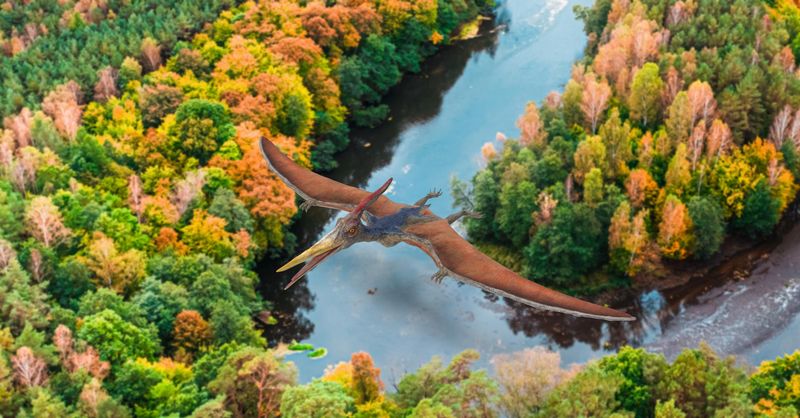
The Bible mentions “fiery serpents” that attacked the Israelites in the wilderness. Some translations call them “flying serpents,” creating a puzzling image for modern readers. What creature could possibly match this description?
Pterosaur fossils found throughout the Middle East might explain these accounts. With their wing membranes and long beaks, these flying reptiles would appear serpent-like yet capable of flight—a terrifying sight to ancient eyes.
7. Egyptian Serpent Gods And Primeval Chaos

Ancient Egyptians feared and worshipped Apophis, a massive serpent that threatened to swallow the sun each night. This cosmic battle between order and chaos featured a reptilian monster of impossible proportions. Why did so many ancient cultures envision giant reptiles as embodiments of primordial power?
Egypt’s Western Desert contains spectacular dinosaur fossils, including some of the largest predators ever discovered. These findings suggest ancient Egyptians likely encountered dinosaur remains.
8. The Cosmic Serpent Of Mesoamerican Lore
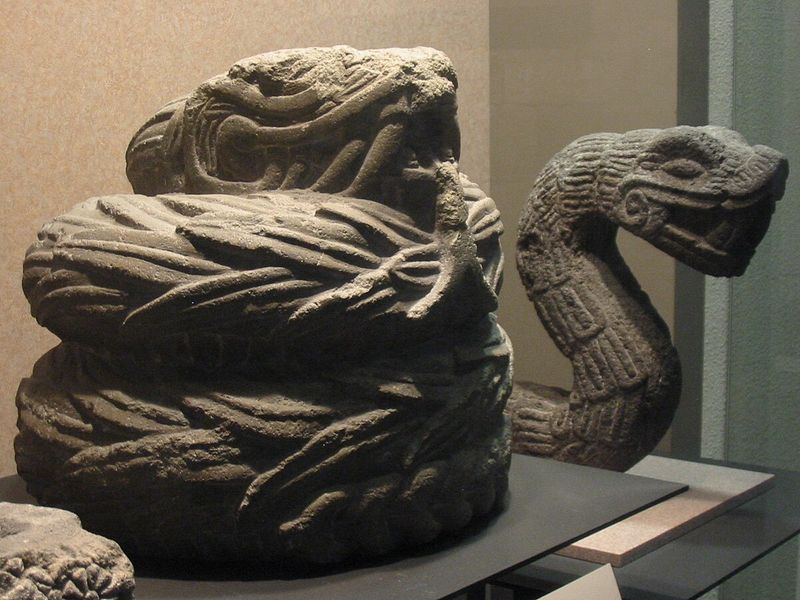
Quetzalcoatl, the feathered serpent, dominated Aztec and Maya religious imagery. This magnificent deity combined snake and bird features in a way that seems fantastical—unless you’re familiar with certain dinosaur fossils.
Central America holds rich fossil beds containing remains of feathered dinosaurs. The parallels between these prehistoric creatures and Mesoamerican deities raise fascinating questions about how ancient discoveries might have shaped religious iconography across the Americas.
9. The Book Of Giants And Ancient Beasts
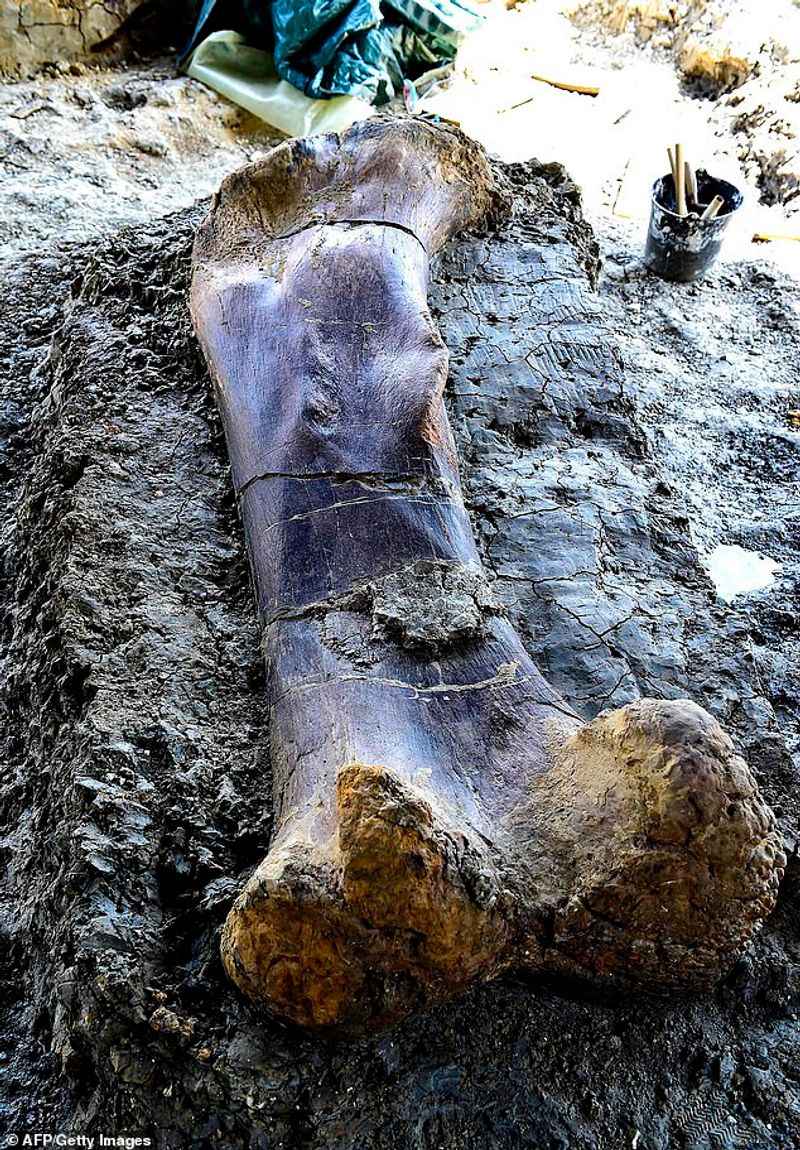
Among the Dead Sea Scrolls, the mysterious Book of Giants describes enormous creatures roaming the ancient world. This text elaborates on the brief biblical mention of Nephilim—supposedly offspring of angels and humans who grew to tremendous size.
What inspired these tales of giants? Fossil beds throughout the Middle East contain dinosaur bones that would appear humanoid when partially exposed. A femur standing upright might easily be mistaken for a giant human thighbone.
10. Fossils At The Temple Of Apollo
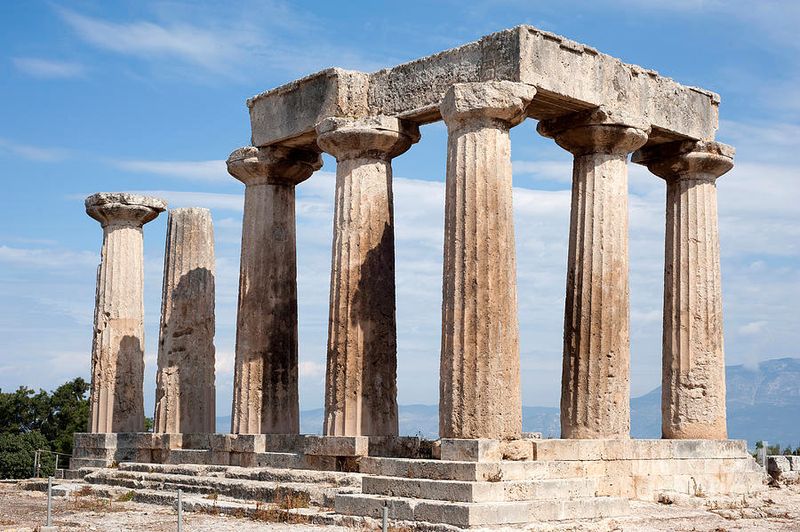
Ancient Greeks displayed massive bones at religious sites like the Temple of Apollo at Delphi. They believed these were remains of heroes or mythological beings who lived during a previous age of giants. Visitors would marvel at these relics of a more magnificent past.
Modern analysis suggests many of these “hero bones” were actually fossils of extinct mammals or dinosaurs. Greek myths about cyclopes may have originated from finding mammoth skulls, whose nasal cavity resembles a single eye socket.
11. Native American Thunderbird And The Fossil Cliffs
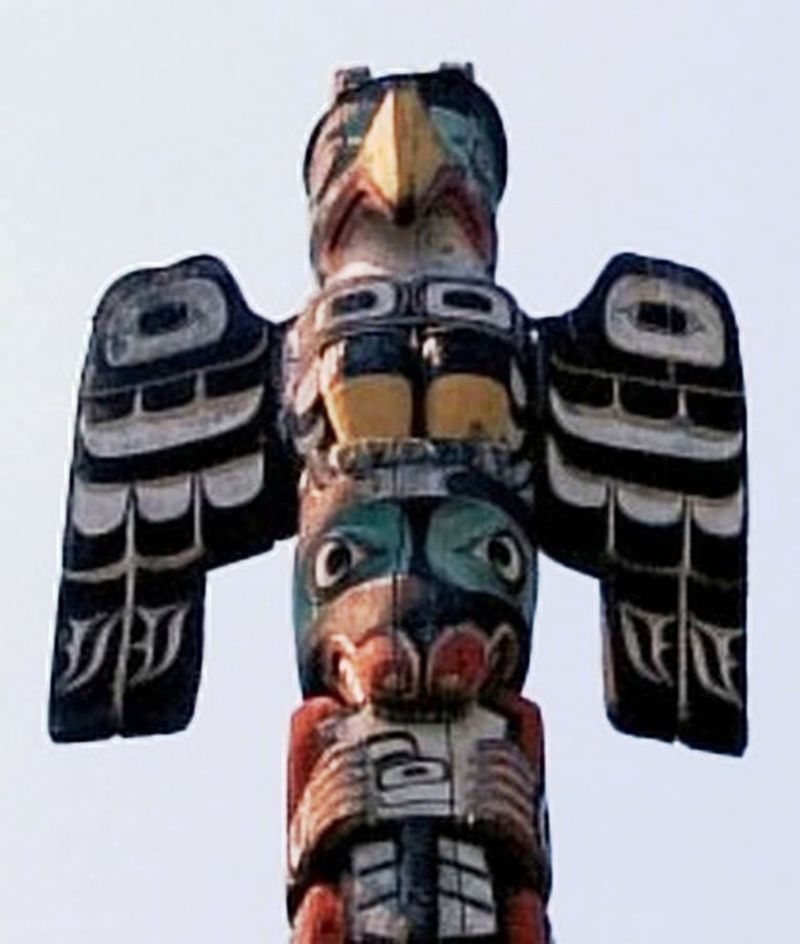
Many tribes across North America tell stories of the mighty Thunderbird, a creature so large its wingbeats created storms. These legends vary by region but consistently describe an enormous flying predator unlike any modern bird.
The American West contains some of the world’s richest pterosaur fossil beds. Native peoples who discovered these winged reptile remains would have had no framework to understand them except through spiritual and mythological interpretations.
12. Ancient Memories Or Artistic Metaphor?
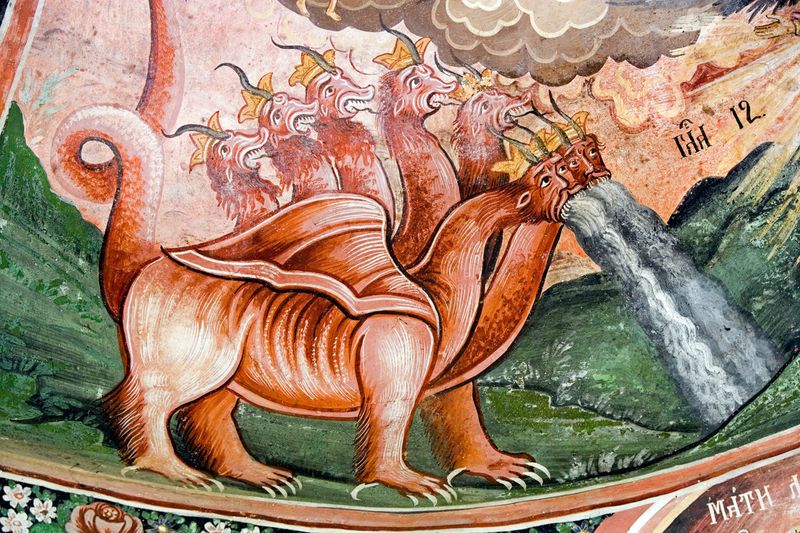
Were ancient accounts of dragons, sea monsters, and sky serpents purely myth—or could they have been humanity’s first attempts to understand fossils, long before paleontology existed? Across continents, the overlap between bones, belief, and beasts is striking.
Modern science reveals that humans never lived alongside dinosaurs. Yet our ancestors encountered their remains and created powerful stories to explain these mysterious giants. Their interpretations continue to fascinate us today.






